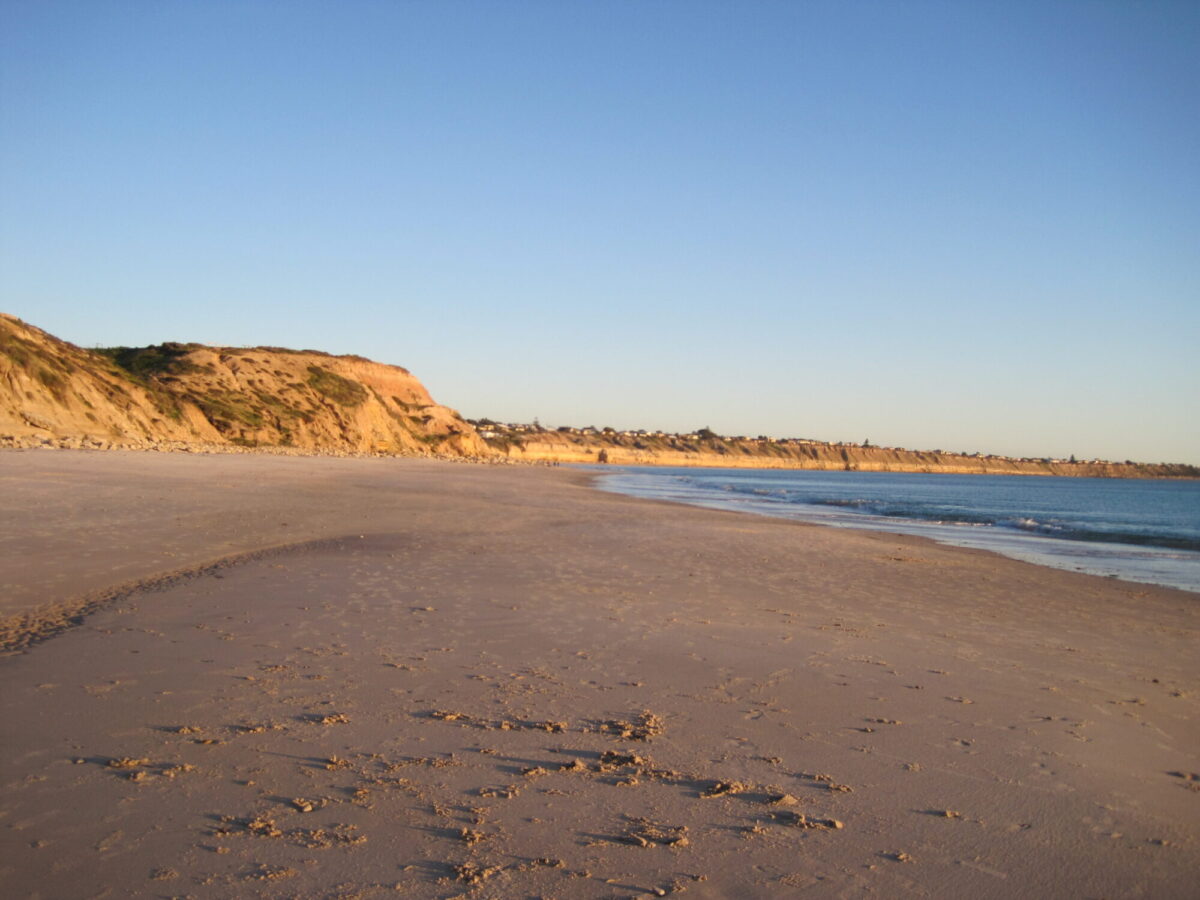Amanda along with many residents who live and work along the coastline of South Australia are deeply concerned and distressed by the ecological catastrophe that is occurring as a result of the algal bloom in South Australian waters.
The algal bloom is having a devastating impact including widespread species mortality, which is extremely distressing.
Unfortunately, nothing can be done to dilute or dissipate the bloom, and it must resolve naturally. But we must do what we can to respond, understand, and manage this issue.
Blooms of this nature often do not resolve quickly. Similar events globally have lasted weeks to months, depending on wind, rain, and ocean temperatures.
Experts believe that there are three potential, plausible contributing factors causing the bloom:
- The 2022-23 River Murray flood washing extra nutrients into the sea.
- An unprecedented cold-water upwelling in summer 2023-24 that has brought nutrient-rich water to the surface.
- A marine heatwave that started in September 2024 – with sea temperatures about 2.5°C warmer than usual – combined with calm conditions, light winds and small swells.
Experts warn that the algae can lie dormant and re-emerge when conditions allow.
Since the emerging catastrophe, Amanda has advocated on behalf of our community to both the Federal and State government for action to manage this dire situation. While the State Government holds primary responsibility for managing and monitoring state coastal waters, I am pleased the Federal Government continues to support their efforts.
The $28 million joint Federal and State Government package announced a week ago is an important initial response. This funding will support science and research to boost resilience and planning, provide support to affected industries, and aid cleanup efforts along our beach.
So far, this joint package contains funding for:
- Science and research including investment in;
- Expanded early detection and monitoring of harmful algal bloom species through real time sensors (buoys), satellite imagery and oceanographic modelling, with rapid detection of harmful algal blooms and early warning systems for industry.
- A new national testing laboratory in SA for harmful algal bloom and brevetoxin/biotoxin testing. Currently, samples are sent to New Zealand for analysis, resulting in delays of up to a week.
- A rapid assessment of fish stocks and fisheries to quantify impact, including modelling ecological impacts on near shore marine ecosystems and all sanctuary zones utilising remote underwater video surveys and dive surveys.
- A rapid meta-analysis of citizen science records and documented ecological impacts to provide a baseline understanding from which to assess recovery.
- A dedicated harmful algal bloom response plan for future bloom events.
- Information dissemination including;
- Reports from the Harmful Algal Bloom Taskforce to keep the public informed on latest developments.
- Public forums for impacted coastal communities and a trusted single point of information and contact for timely, accurate, and clear communication to industry and the public including a single phone hotline, website, consistent physical signage and information.
- Public information campaigns focused on rebuilding confidence and driving visitation to our coastal regions and marine based tourism businesses and promoting the seafood industry and benefits of recreational fishing.
- Community support and clean up including;
- Establishing a community fund to support activities and small projects in affected communities.
- Beach clean-up funding for local government to assist cleaning up dead fish and marine life.
- Industry Support including
- $10,000 Small Business Support Grants for eligible small businesses and aquaculture licence holders can apply for up to $100,000.
- Financial counselling, mental health support and workforce advice to assist small businesses impacted by the harmful algal bloom to develop recovery and continuity plans, understand the short and long-term implications, and help manage financial and mental wellbeing.
- These measures are in addition to the fee relief previously announced and the $1,500 direct support payments to impacted primary producers.
Of course, one of the challenges that has contributed to this catastrophe is a marine heatwave. These events will only become more frequent and with greater intensity as a result of climate change. This reinforces the need that all governments take action on climate change. This is critical for our environment and our community for the longer term. Amanda will endeavour to continue to provide regular updates and will continue to advocate on behalf of our local community both to do what we can in the face of this crisis.
To stay up to date with the algal bloom, please complete the below form:
